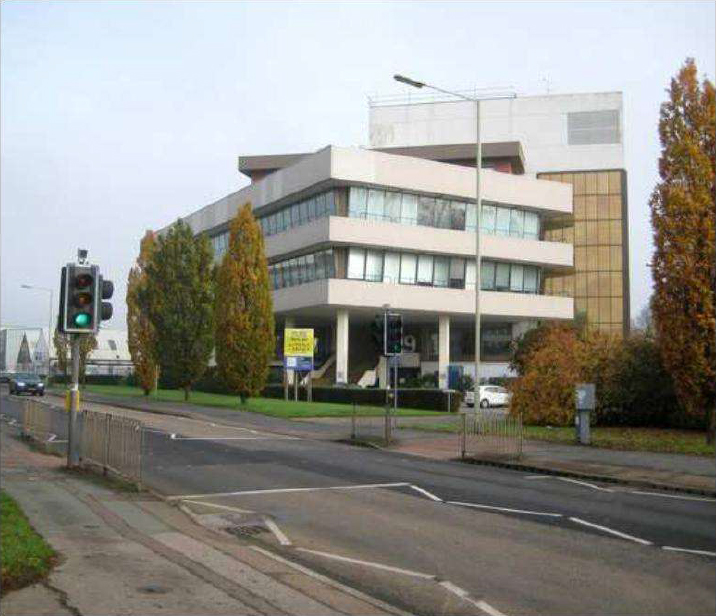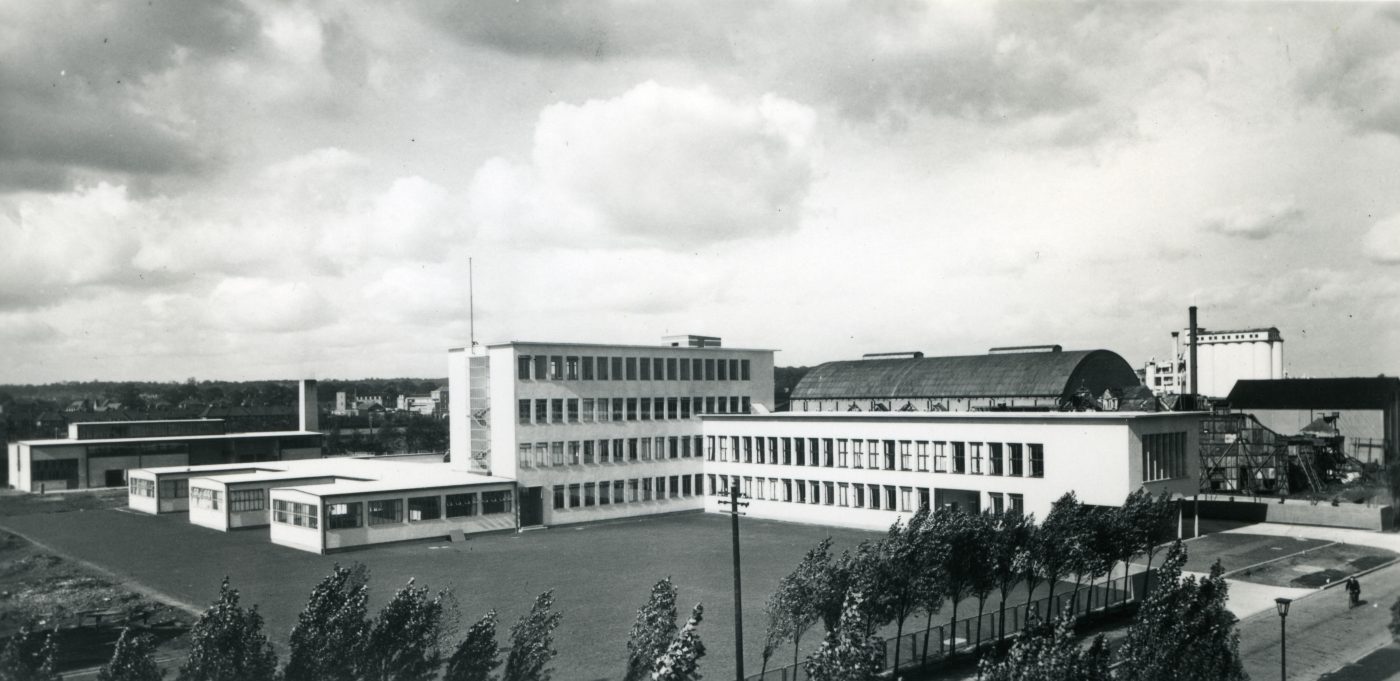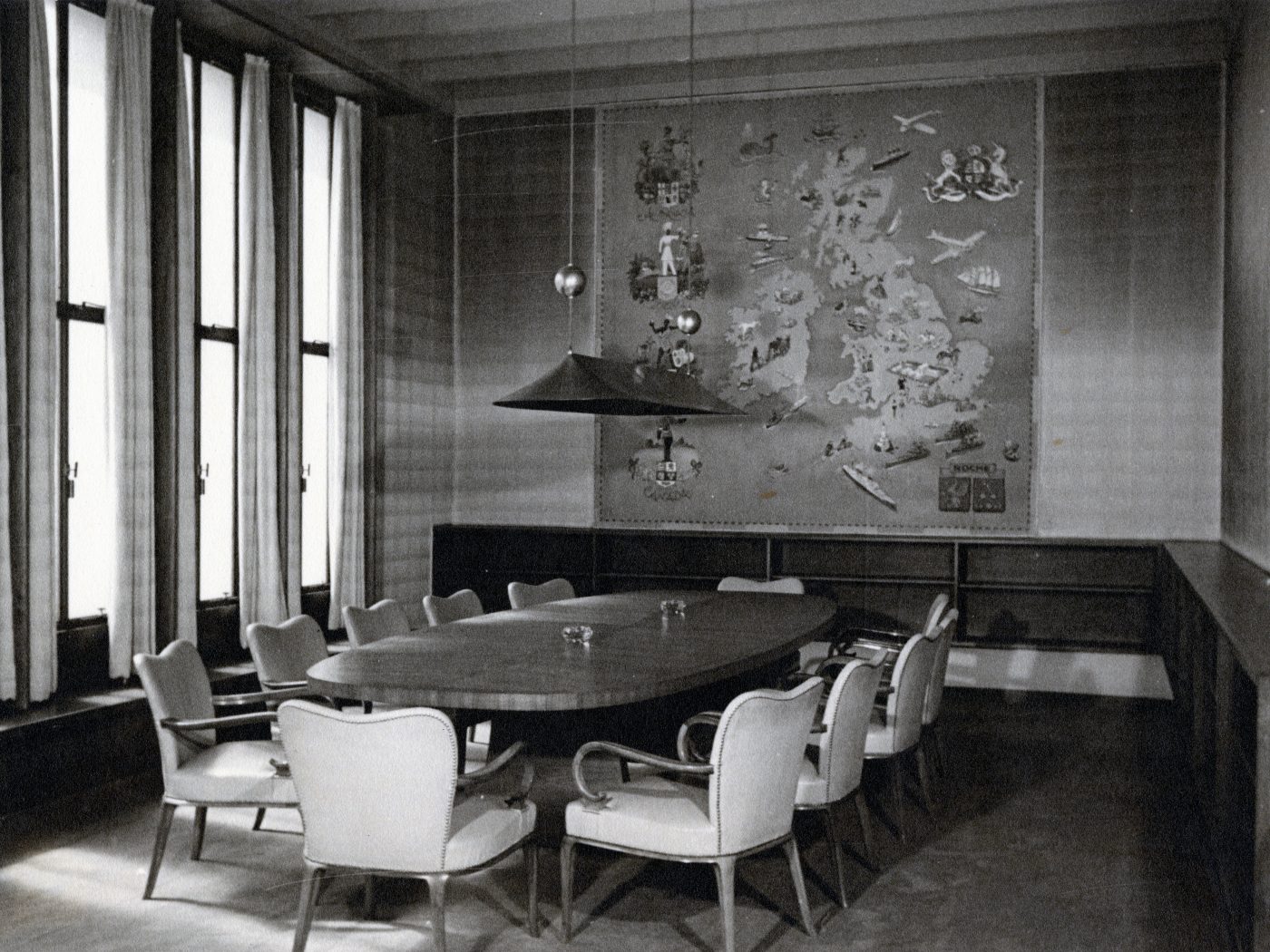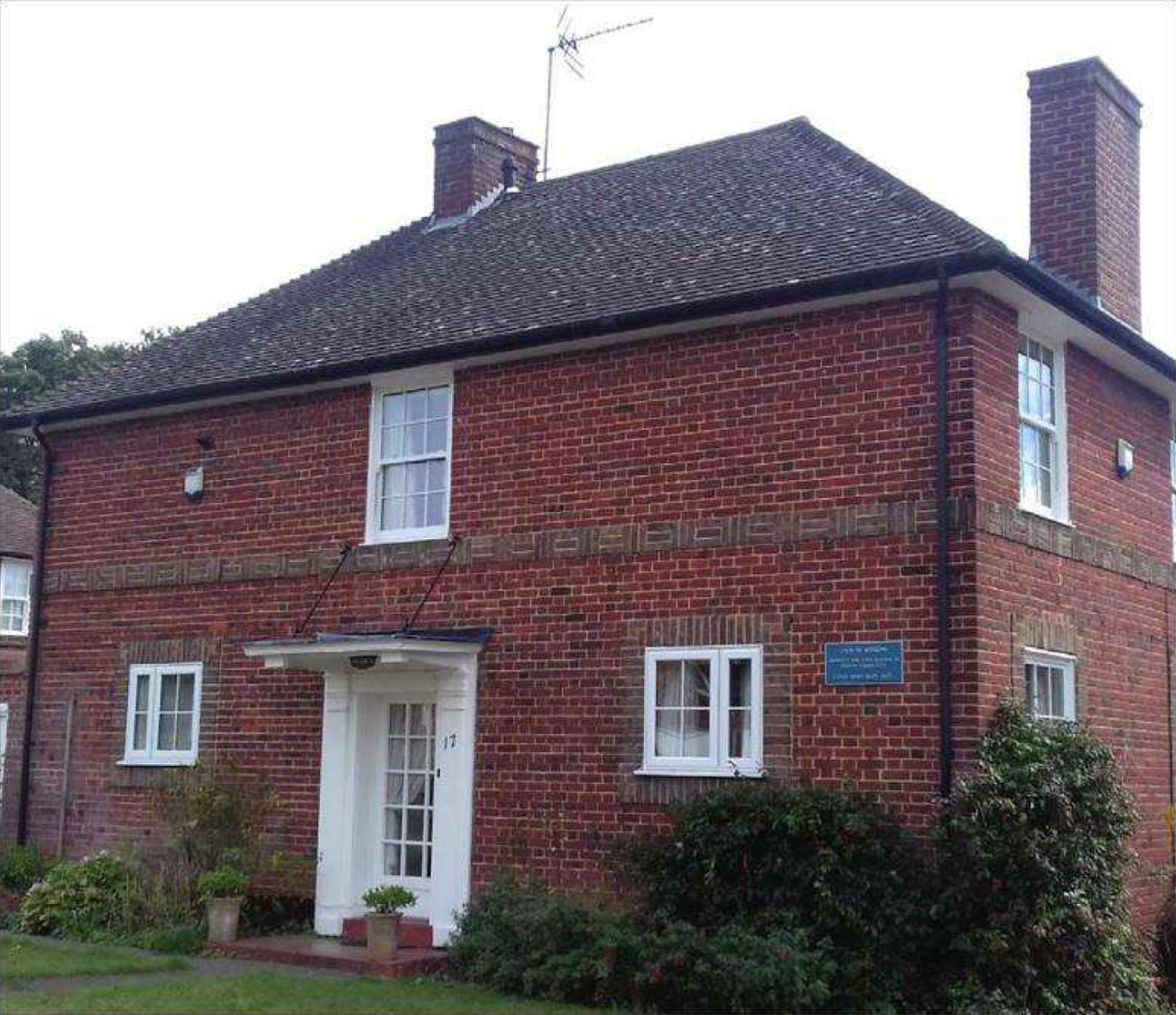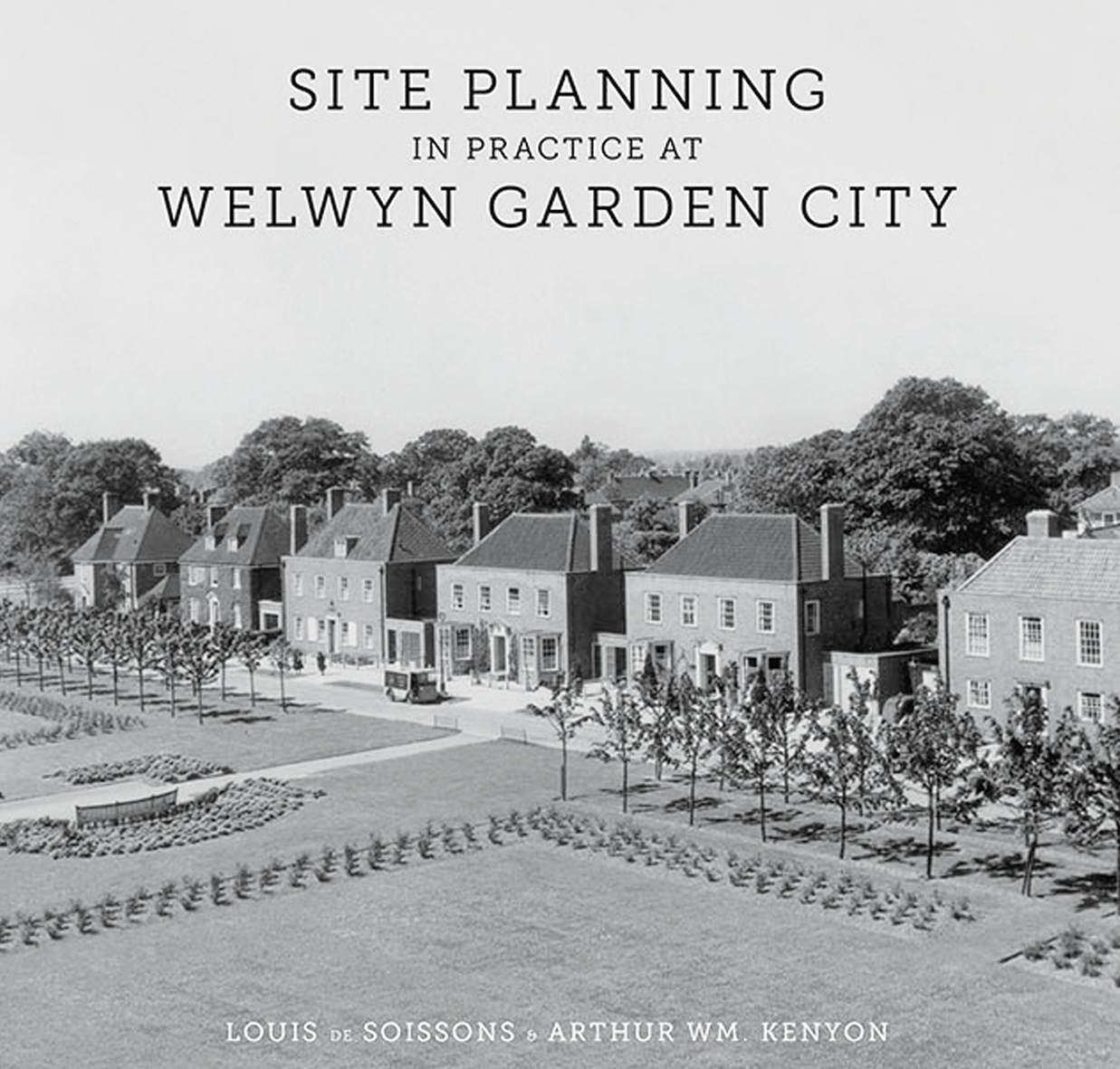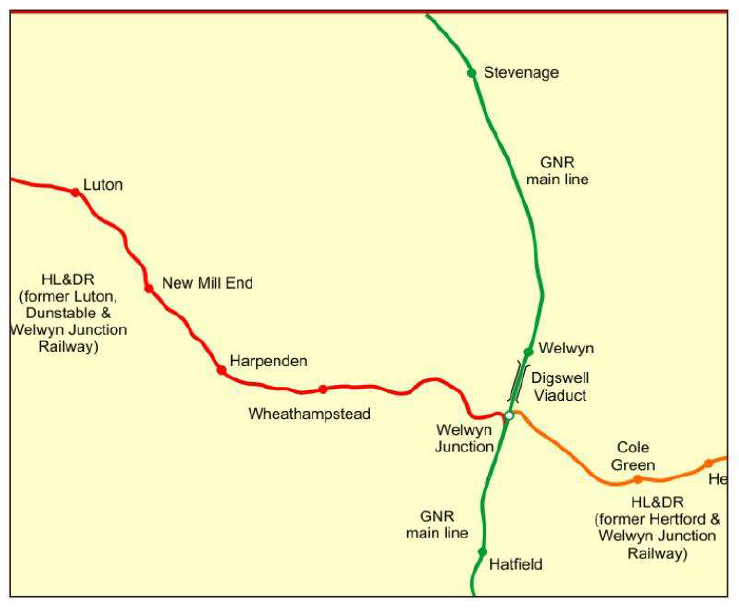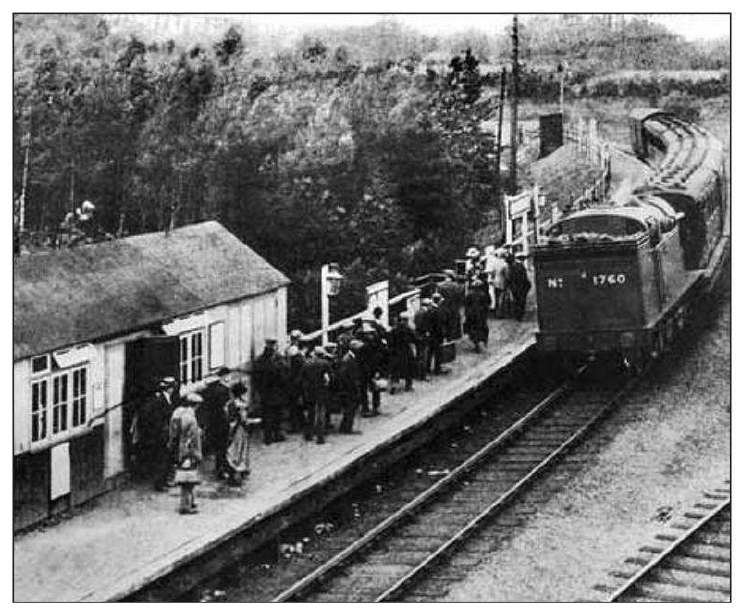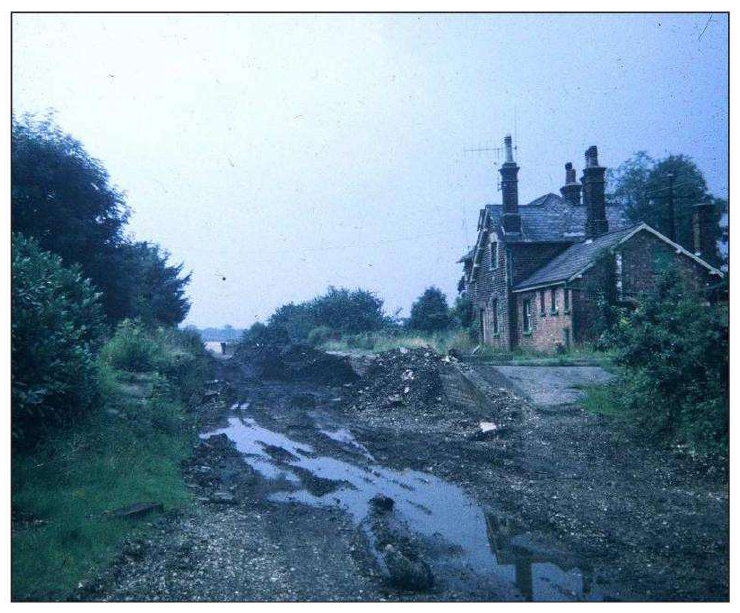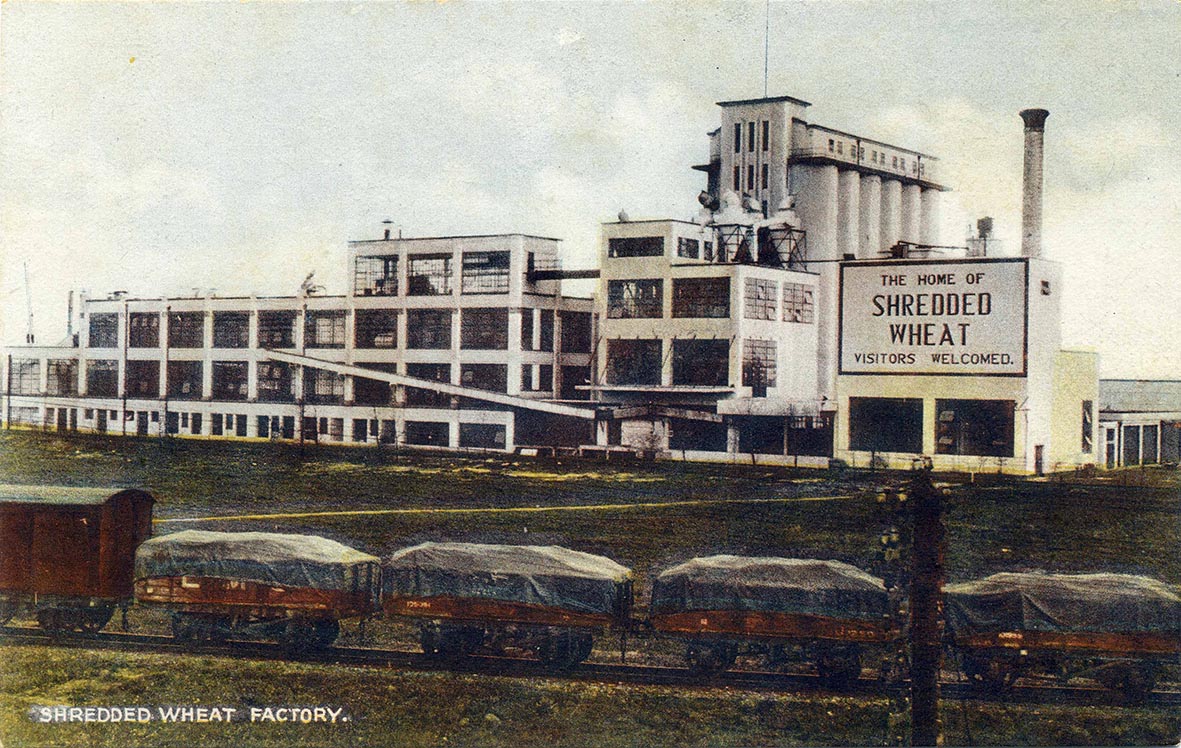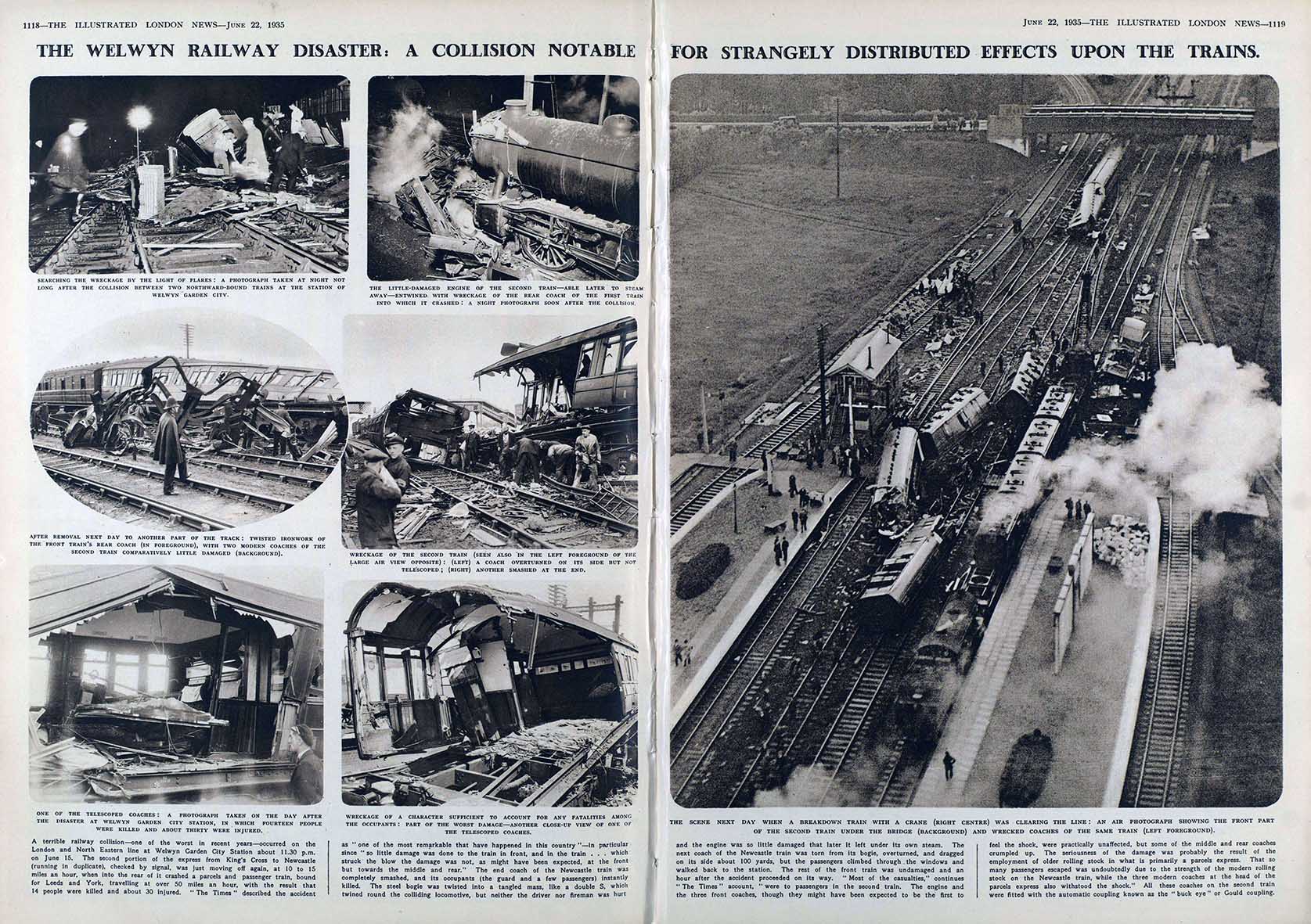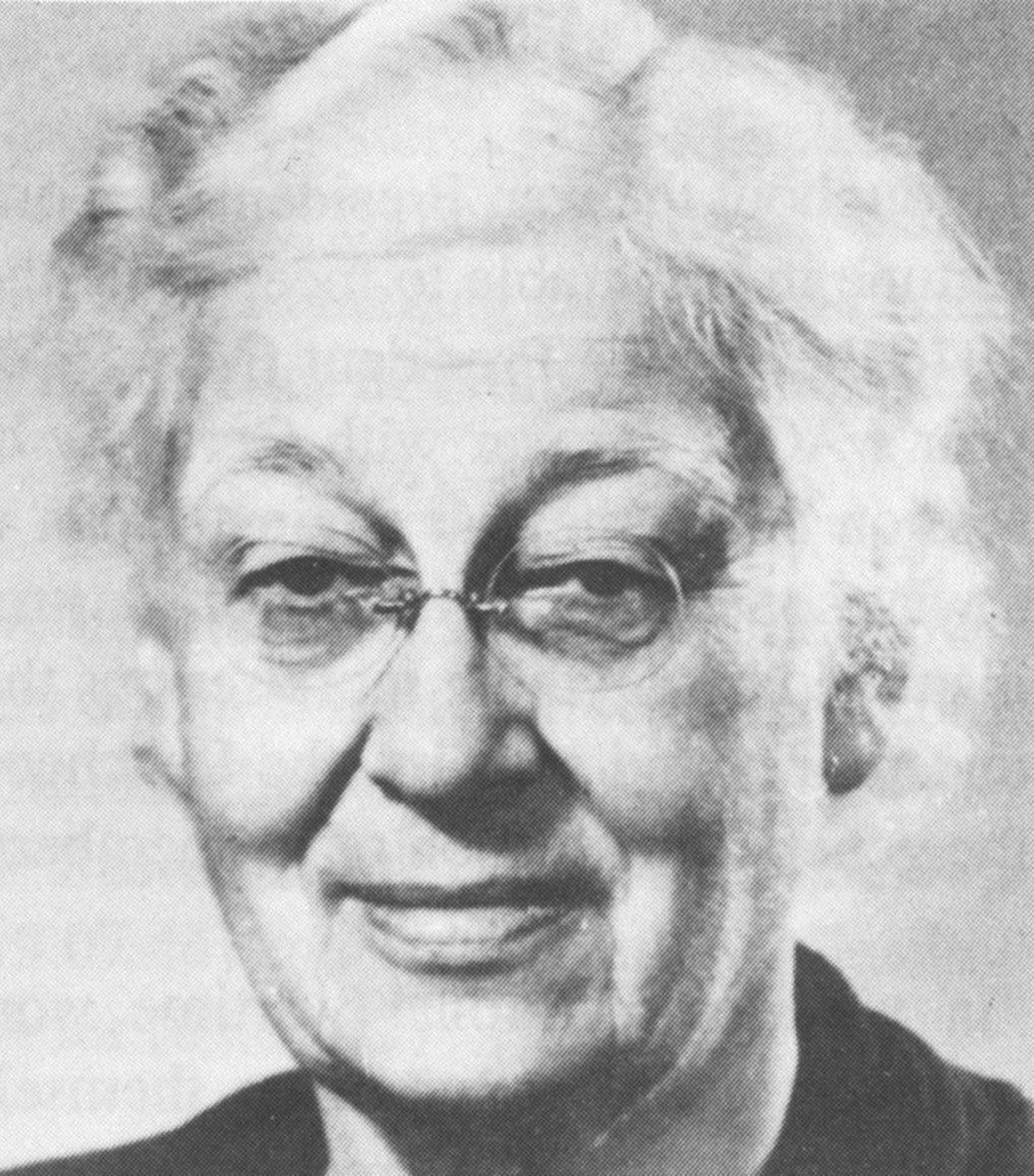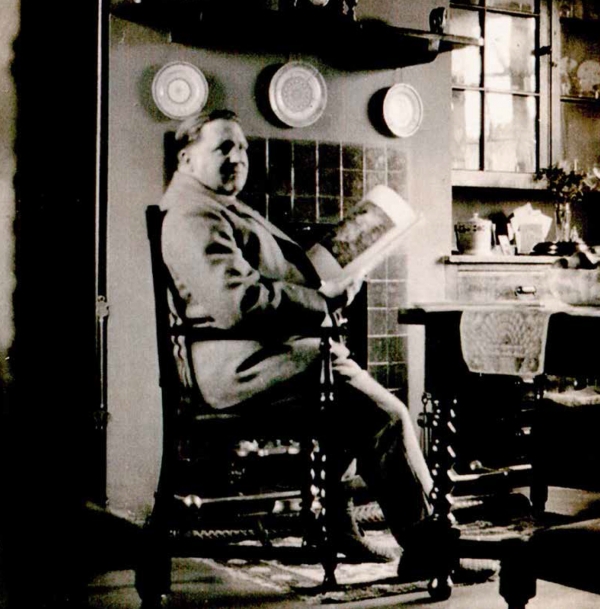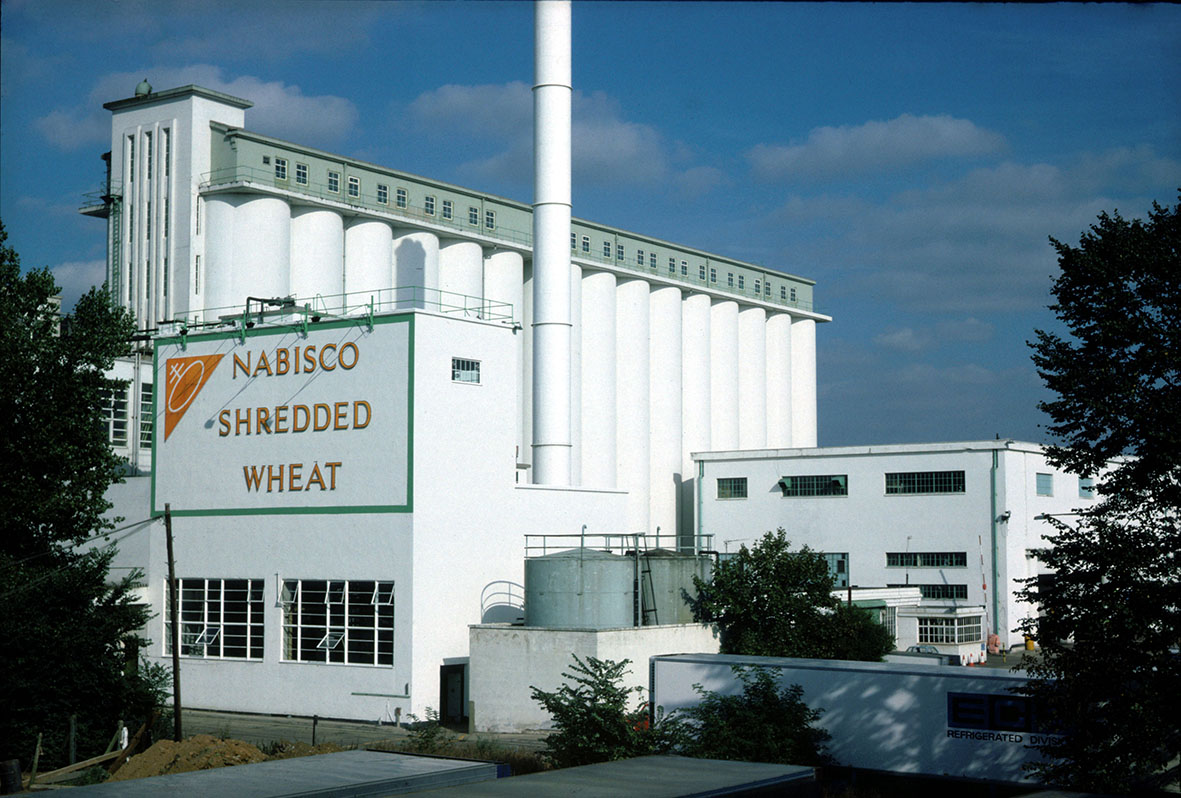The recent catastrophic loss of the Titan deep-sea explorer shows how man has struggled to conquer the extremes of planet Earth. Nowadays we take passenger jets flying at up to 7 miles high completely for granted but it was not always thus. One man and one machine showed the way – Geoffrey de Havilland and his DH106 Comet jet airliner.
In WW2 the Government had ramped up production of warplanes using many manufacturing companies including that founded by de Havilland (See our article on him at xxxx). In 1943 it faced the problem of what these companies should produce in peacetime, and set up a Committee to make recommendations. Its Chair was Lord Brabazon of Tara who had been the first Englishman to make a powered flight in this country (using a French plane). Geoffrey de Havilland was a leading member.
Geoffrey came up with the visionary idea of a pressurised passenger jet liner, capable of inter-continental travel. Jet engines were developed during the war but only worked efficiently at altitudes requiring pilots to wear oxygen masks. This was not feasible for passenger planes, hence the need for pressurisation. Also, at high altitude air temperatures are very low (-65 C) so cabins had to be heated. The other members of the Committee were sceptical but de Havilland with his wooden Mosquito had shown that he could build successful planes that others had derided. Brabazon was persuaded and the Government gave de Havilland funding to build at Hatfield what was to be called The Comet.
There was neither time nor resources to build many prototypes so the first version – Comet 1 – was designed to be capable of commercial use off the drawing board. Aluminium was chosen for the main material because it was not rationed. To keep weight down the skin was the thickness of a postcard. Extensive static tests of material and structure were made, not only because of the extreme flying conditions expected but also because many features of the manufacture and design were novel. Four Ghost jet engines made by de Havilland were embedded in the wings, two to each side, to aid streamlining. The result was visually stunning.
On 27 July 1949 the first Comet made its inaugural flight from Hatfield. After many hours of test flying, the first commercial flight took off on 2 May 1952 from Heathrow carrying 30 passengers to Johannesburg, in a blaze of publicity. Britain had produced the world’s first jet airliner – a tremendous achievement. Work started on versions 2 and 3 using more powerful Rolls Royce Avon engines and so capable of longer flights with more passengers.
At first all went well but accidents started, with planes failing to take off properly. Initially these were blamed on pilot error but gradually it became clear that the Comet was not easy to take off as it could stall if lifted off at too great an angle.
Then disaster: in early 1954 two Comets mysteriously exploded in flight and crashed – both into the Mediterranean – the first in January the second in April. After the second loss all flights were halted. A huge, difficult and expensive exercise was undertaken to recover fragments from both crashes. These were taken to Farnborough for study, as a result of which metal fatigue became suspected. A Comet 1 minus wings was taken to Farnborough and put through pressure tests where it was filled and emptied with water repeatedly to simulate ascending to high altitudes and then descending again. Eventually, after the equivalent of thousands of hours of flight, suddenly a tear appeared in the skin starting from a corner of one of the large and almost square windows. In flight this would have depressurised the plane leading to the instantaneous destruction of everything and everybody inside. (This must have happened in reverse to the unfortunate travellers in the Titan).
Extensive modifications were made: thicker skin, and a redesign of the frame with rounder windows. After extensive tests the Comet version 4 was put into back into service in 1958. In all 76 were delivered before production stopped in 1964. The last one flew in 1997. A version was developed into the Nimrod surveillance plane.
While Comet production was suspended American producers had been working on their own jet passenger planes, learning from the discoveries made at Farnborough. The Boeing 707 launched commercially in 1958 and was an instant success. The De Havilland Company though was hit severely by the loss of prestige and the costs of redeveloping the Comet. In 1960 it was effectively taken over by Hawker Siddeley.
So, Geoffrey de Havilland’s vision of an intercontinental jet passenger plane was vindicated – it was what the world wanted. Unfortunately other airplane manufacturers reaped the benefits, and many people suffered from the Comet accidents.
It is still possible to step inside a Comet 1. The one that was tested at Farnborough found its way to the De Havilland Museum in London Colney where it was refitted internally to recreate the experience of its original passengers. I was impressed by this Museum during a recent visit; there is something of interest for everyone and is highly recommended.
Hatfield Local History Society has produced a fascinating illustrated 86 page booklet, Taking Off - Memories of de Havilland at Hatfield, edited by its Chairman G Philip Marris . One reviewer said "a great collection of accounts from people who were actually there." Only £7.50 on Amazon.













